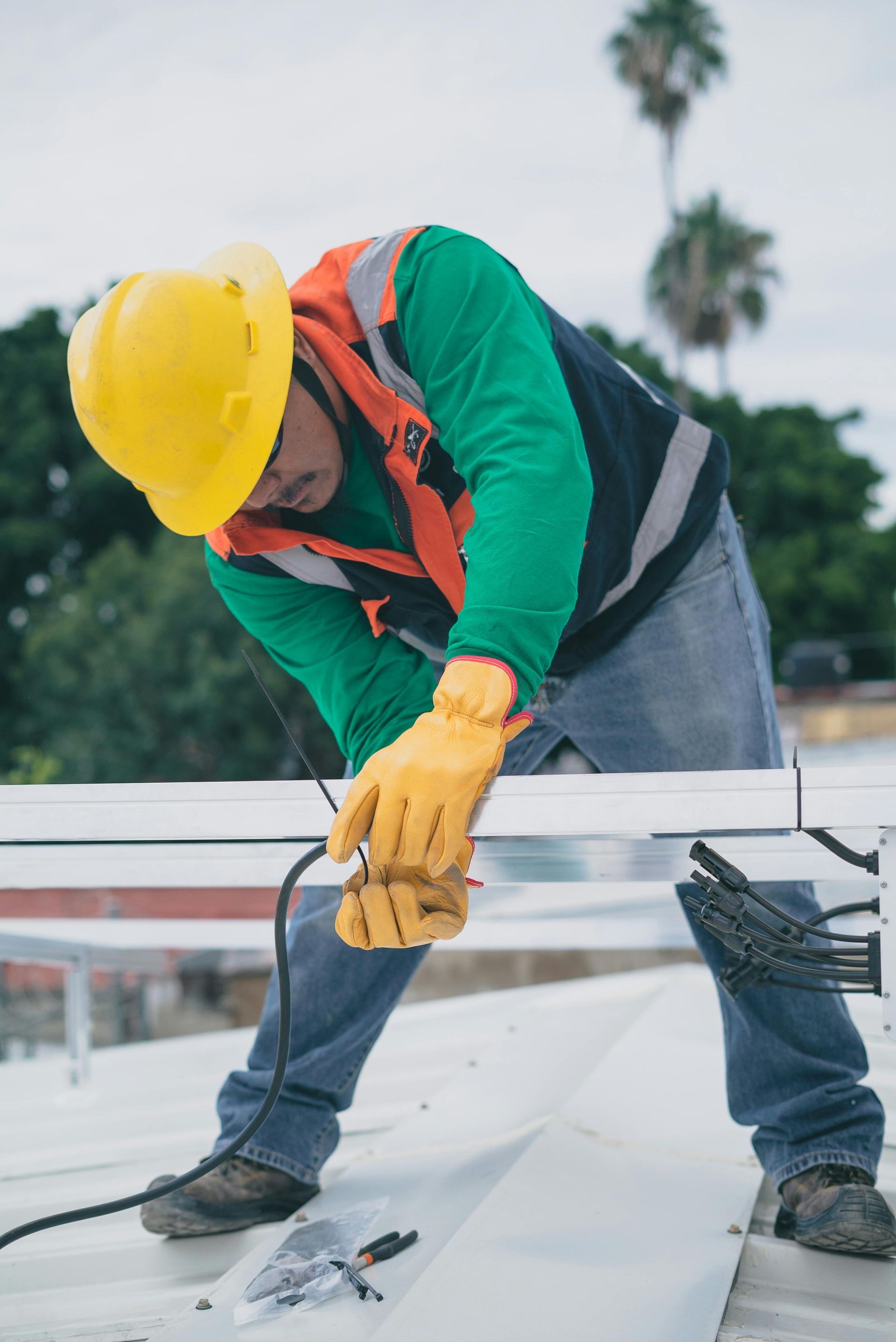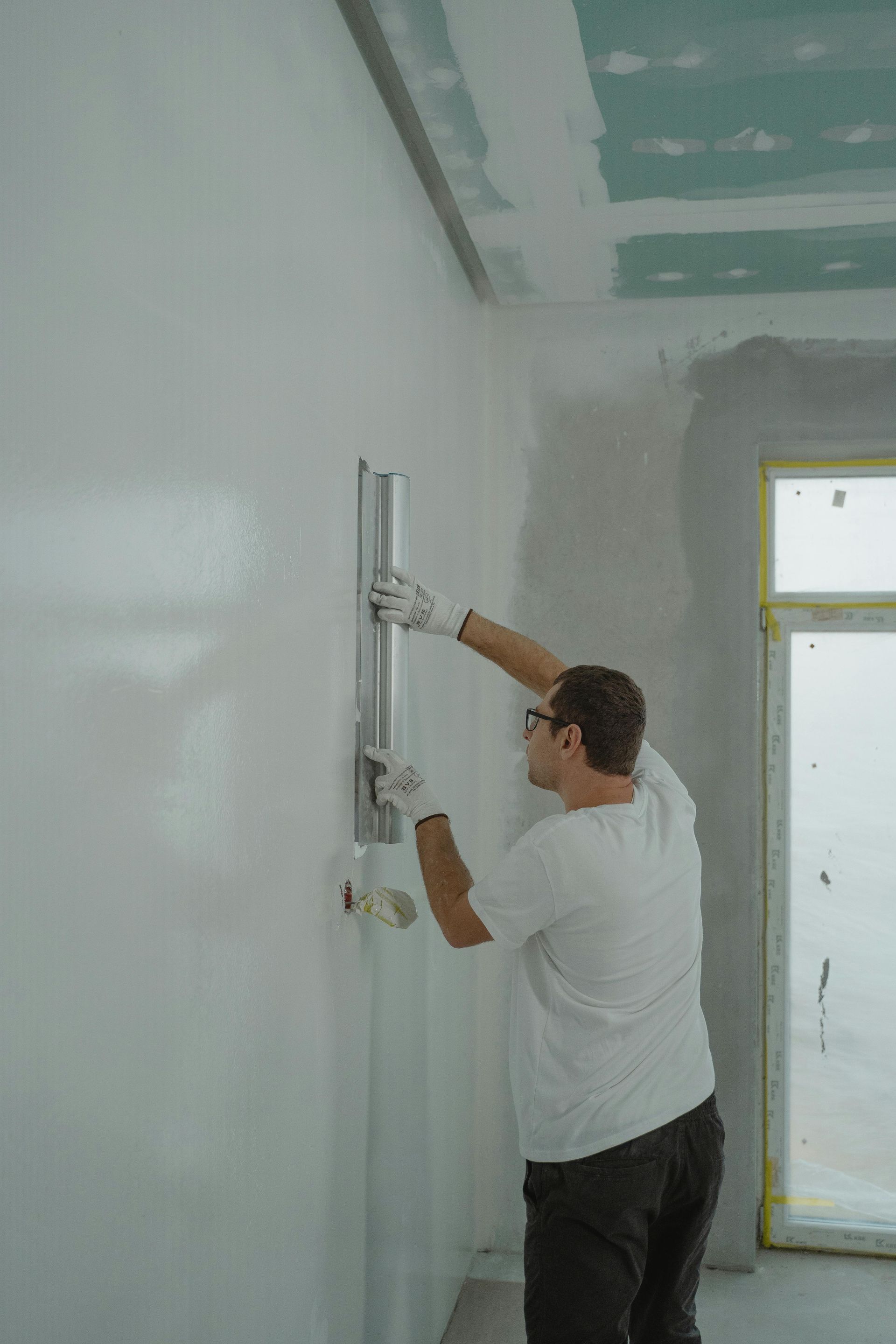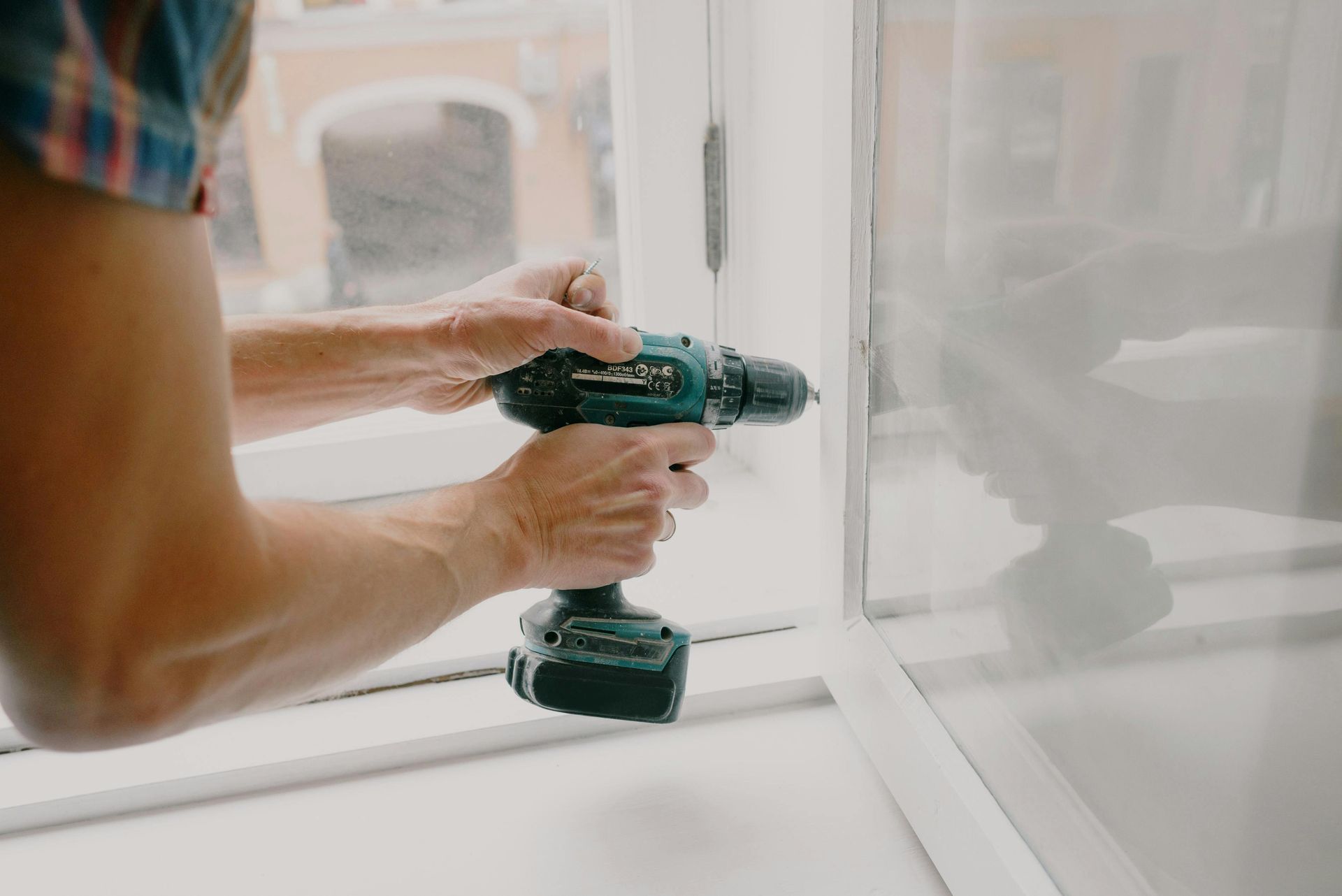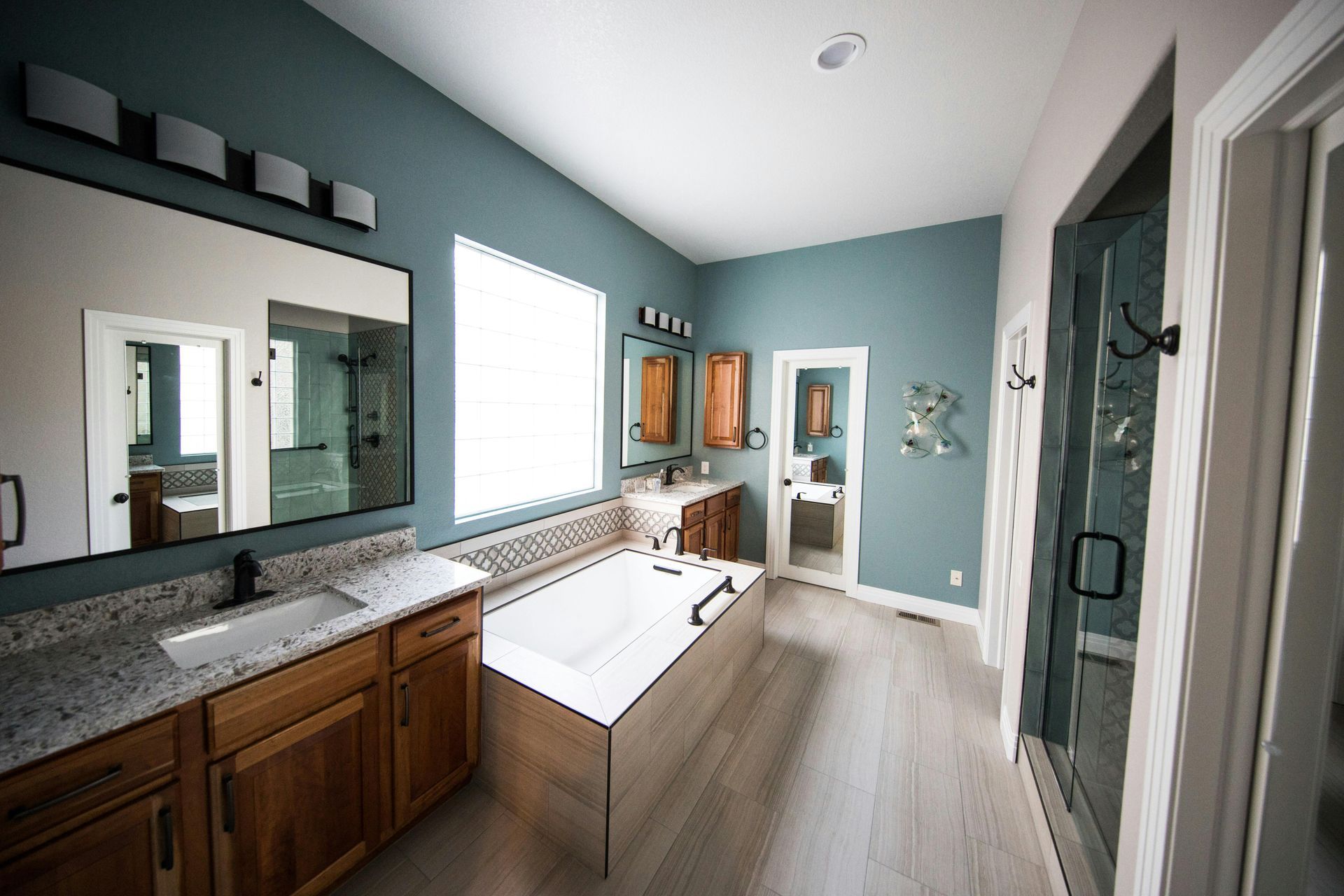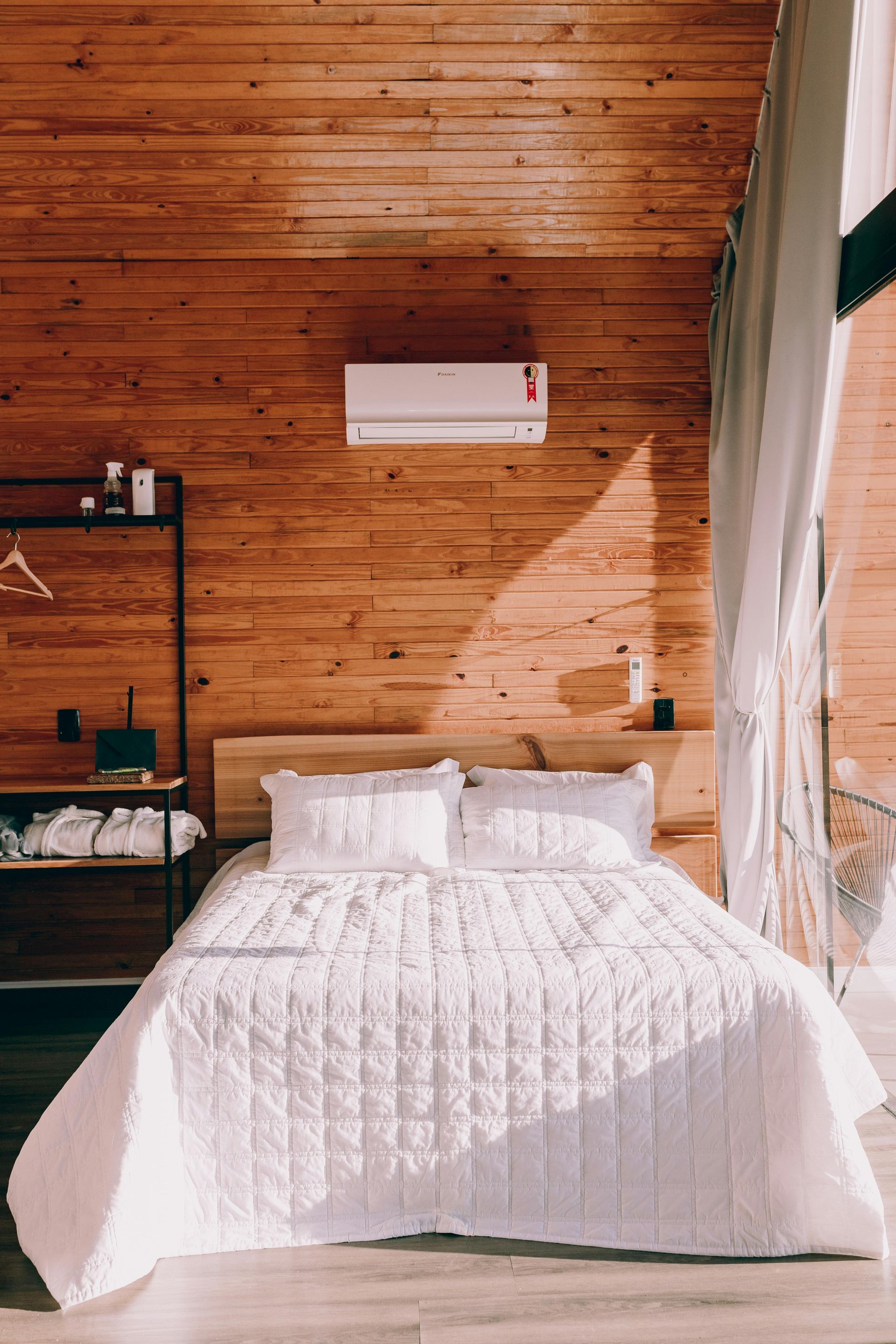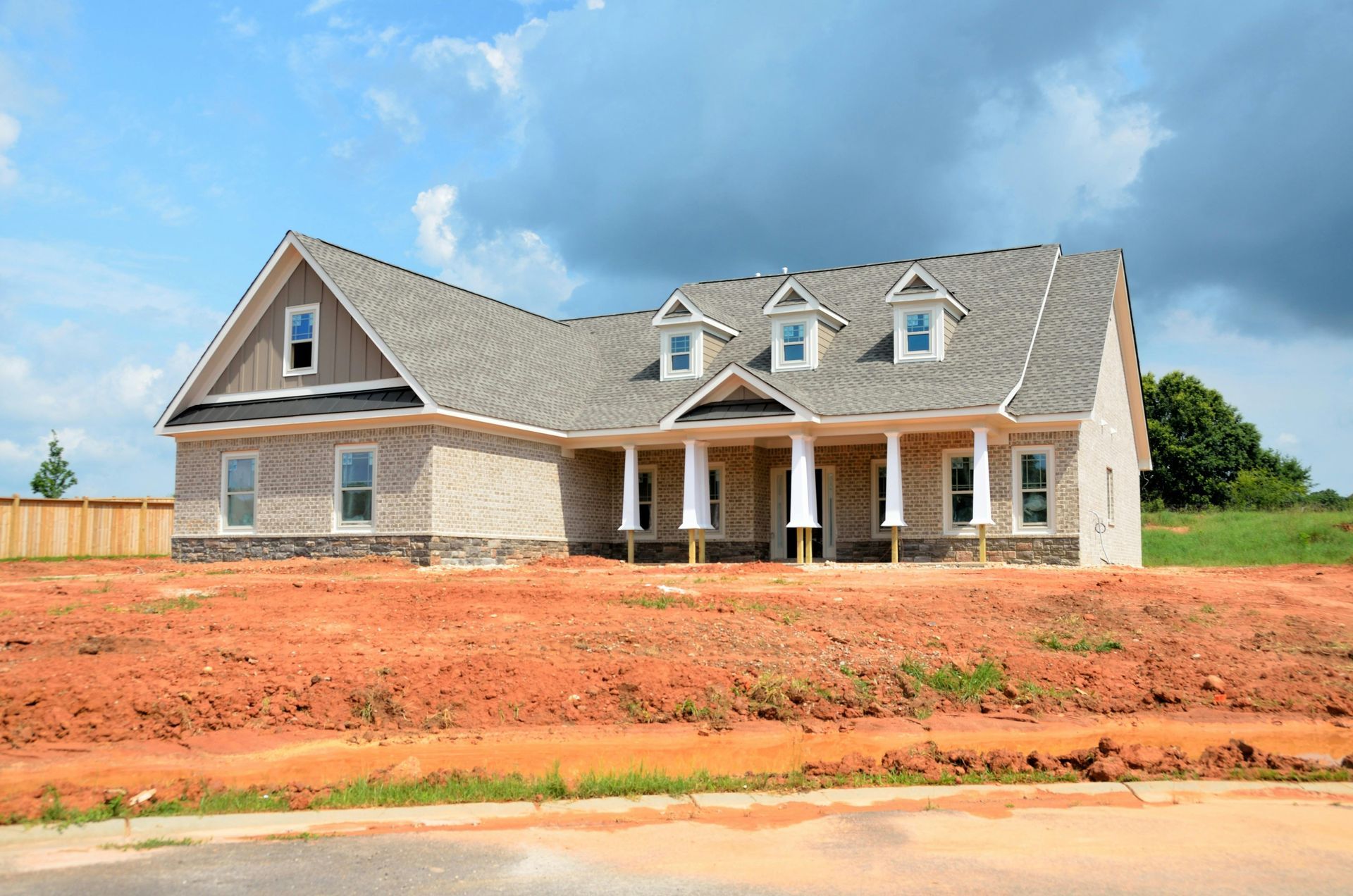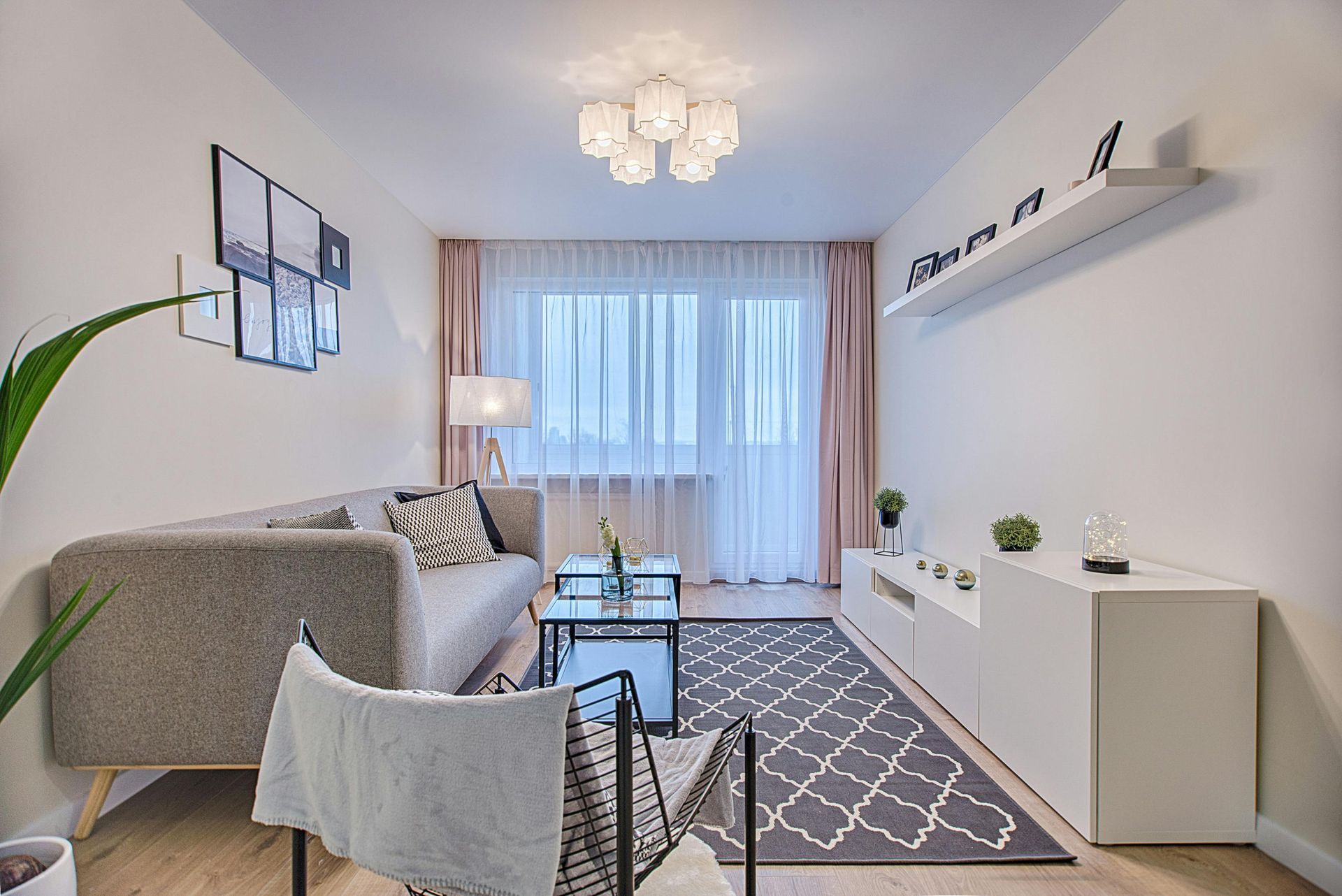Licensed (#RBC-21-01654) & Insured
Local References Available Upon Request
Licensed (#RBC-21-01654) & Insured | Local References Available Upon Request
Creating the Ultimate Playroom for Fun and Learning
A playroom is more than just a space filled with toys—it’s a dedicated environment where children can learn, grow, and explore their imaginations. Having a well-designed playroom benefits both children and parents by providing a safe, organized, and engaging area that fosters creativity, encourages independent play, and helps keep the rest of the home clutter-free.
A thoughtfully designed playroom creates structured spaces for different types of activities, from arts and crafts to active play, all while being visually appealing and functional. As children grow, their needs evolve, making flexibility and adaptability essential components of an effective playroom design. Whether your goal is to create an exciting indoor playground, a quiet reading nook, or a multifunctional learning space, the right design ensures your child has a room that nurtures both their development and imagination.
Creating a Functional and Safe Layout
One of the first steps in designing a playroom is selecting the ideal location in your home. Whether transforming a spare bedroom, a basement, or a shared space, the layout should be functional and accommodate different types of activities.
A well-planned playroom features designated zones that support various aspects of development. A reading nook with comfortable seating and accessible bookshelves encourages literacy, while a craft station inspires creativity. Active play areas with soft mats, climbing structures, or a small slide help children release energy in a safe environment. By incorporating specific spaces for different activities, children can transition seamlessly from one type of play to another, keeping them engaged and entertained.
Safety is a top priority when designing a playroom. Rounded furniture edges, soft flooring, and secure storage solutions help minimize potential hazards. Selecting durable, non-toxic materials ensures a safe and long-lasting space where children can play without worry.
Built-In Storage for Organization and Accessibility
A clutter-free playroom enhances focus and organization, making it easier for children to find and enjoy their toys. Built-in storage solutions help maintain order while keeping the space visually appealing. Custom shelving, cubbies, and toy bins allow for easy access and encourage children to clean up after themselves.
Storage should be designed with accessibility in mind, ensuring children can reach their favorite toys without assistance. Incorporating labeled bins and baskets simplifies organization and fosters independence, allowing kids to take responsibility for keeping their playroom tidy.
Multi-purpose furniture is another excellent way to maximize storage and functionality. Storage benches, ottomans, and modular units serve dual purposes, providing seating while concealing toys and art supplies. These elements create a clean and organized space that remains adaptable as a child’s needs change over time.
Incorporating Interactive and Educational Elements
A playroom should be more than just a place for entertainment—it should also provide opportunities for learning and skill development. Incorporating interactive and educational elements makes the space both engaging and enriching.
Chalkboard or whiteboard walls give children a designated space to draw, write, and express themselves creatively. Sensory play areas, such as sand tables, textured wall panels, or interactive light displays, offer valuable sensory experiences that aid in cognitive development.
STEM-friendly zones featuring puzzles, building blocks, and science kits foster problem-solving skills and encourage hands-on learning. By integrating activities that stimulate curiosity and critical thinking, a playroom becomes a valuable extension of a child’s education.
Choosing Colors and Themes to Inspire Creativity
Color plays a crucial role in shaping the atmosphere of a playroom. Bright, energetic colors like yellow, green, and blue can inspire creativity and enthusiasm, while softer pastel tones create a calming and inviting space. Understanding the psychology of color helps in selecting the right palette to match the room’s intended purpose.
Themed playrooms add a whimsical and imaginative element to the space. Whether designing a jungle adventure, space exploration station, enchanted fairytale castle, or construction zone, themes make the playroom feel magical and engaging.
Wall decals, murals, and wallpaper are excellent options for adding personality and character to the space without the need for permanent changes. As children grow, these elements can be easily updated to reflect their evolving interests.
Flexible and Multi-Use Designs for Longevity
As children age, their needs and preferences shift. Designing a playroom that can adapt over time ensures that it remains relevant and functional for years to come. Investing in modular furniture, adjustable shelving, and versatile storage options allows the space to evolve from a toddler’s playroom to a study area or teen lounge.
A well-designed playroom can transition into a reading corner, an arts and crafts studio, or even a gaming and entertainment zone as children grow older. By incorporating adaptable elements, parents can maximize the longevity of the space and continue to enjoy its benefits well beyond childhood.
Lighting and Flooring Considerations
Lighting plays a significant role in creating a vibrant and inviting playroom. Maximizing natural light enhances the overall ambiance, making the space feel warm and cheerful. Large windows, skylights, or well-placed artificial lighting ensure a well-lit environment suitable for reading, playing, and learning.
Soft and durable flooring options provide both comfort and safety. Foam mats, plush rugs, or carpet tiles offer cushioning for active play, while hardwood or vinyl flooring provides easy maintenance and longevity. Choosing the right flooring ensures that the playroom remains comfortable and functional for daily use.
Technology Integration for Modern Playrooms
Incorporating age-appropriate technology can enhance the playroom experience while supporting educational development. Interactive screens, projectors, or touch-enabled learning boards provide opportunities for digital exploration and interactive storytelling.
A well-designed playroom can also feature smart storage solutions with automated toy organizers or lighting controls that allow parents to adjust brightness based on the time of day. The thoughtful integration of technology ensures that the playroom remains relevant and engaging for the modern child.
Final Touches for a Personalized Playroom
Adding personalized elements brings warmth and character to the playroom. Displaying family photos, children’s artwork, and DIY crafts makes the space feel special and unique. Personalized name signs, wall decals, and monogrammed storage bins add a customized touch that makes the playroom feel like an extension of the child’s personality.
DIY projects, such as homemade furniture or custom-painted walls, add sentimental value and allow parents to create a space filled with love and creativity. The goal is to craft a playroom that reflects the child’s interests while maintaining an organized and visually appealing design.
Designing a Playroom That Inspires and Grows with Your Child
A well-designed playroom serves as a creative haven where children can play, learn, and develop essential skills. By focusing on functionality, organization, safety, and aesthetic appeal, parents can create a space that nurtures both independence and imagination.
Investing in quality storage, flexible furniture, and interactive elements ensures that the playroom remains relevant as a child grows. Whether it’s a space for artistic expression, active play, or quiet reading, a thoughtfully designed playroom enhances the home while providing endless hours of fun and discovery.
Creating the perfect playroom is about balancing fun with practicality. By incorporating personalized details, smart storage solutions, and engaging features, parents can design a playroom that children will love and cherish for years to come.


